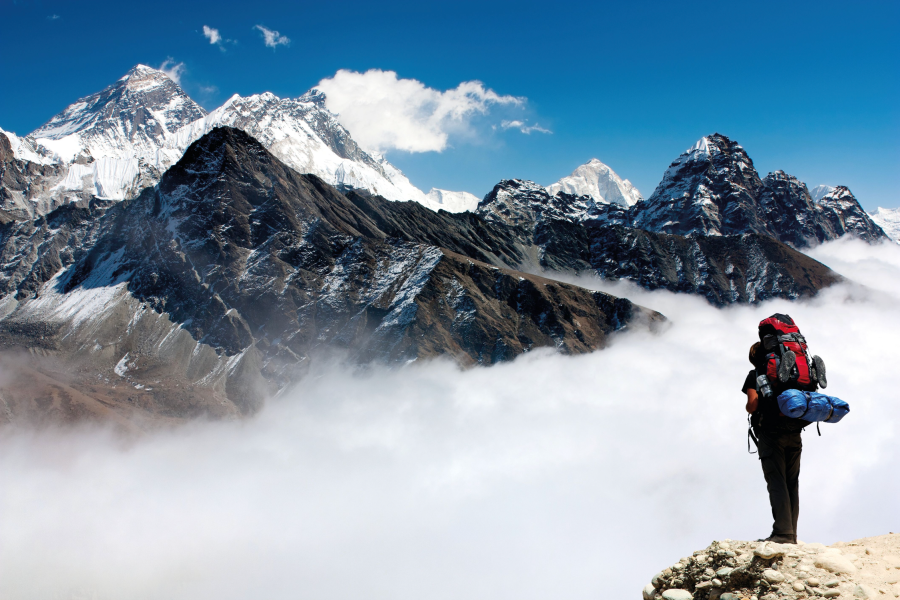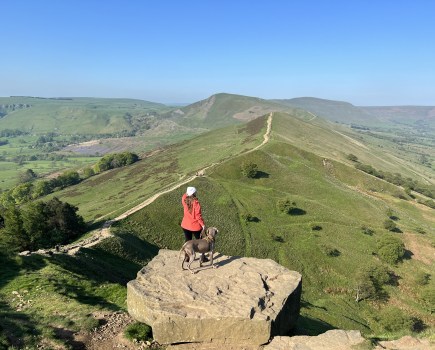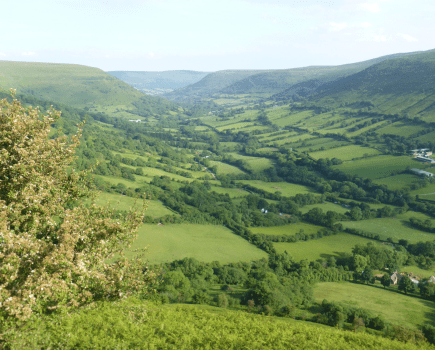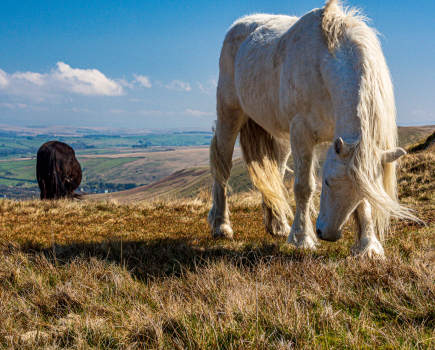A window into the world of high-end mountaineering that few of us will otherwise get to peer through: welcome to the Everest Base Camp trek.
It says a lot about the challenge of climbing the world’s highest mountain that even making it to Base Camp is a once-in-a-lifetime achievement. Most people will never stand on the summit of Everest, but looking up at that famous peak will give you a sense of grandeur and history that few other views can replicate. Why bucket list a base camp trek? Well, the big name, the even bigger scenery and the knowledge that you’re following in the footsteps of the greats are all respectable reasons.
But the real appeal of Base Camp is less easy to define. The length and scale of the commitment, the immersion in local culture, the adventure involved even in getting to the local airport – all combine to offer a window into the world of high-end mountaineering that few of us would otherwise get to peer through.
Everest Base Camp: the stats
Start / end: Lukla Airport | Length: 130km / 80 miles | Ascent: 2,504m | Season: Late September – December and February – early April | Difficulty: Medium / high
The journey
For most people, the trek will begin with a flight to the tiny high-altitude airport at Lukla. It takes an average of 12 days from there to complete the there-and-back return to Base Camp (or Base Camp South as its more accurately termed) at 5,364m and the slow ascent allows plenty of time for acclimatisation. With between 30 and 40 thousand people making an attempt on Base Camp every year, you’ll meet plenty of kindred souls (and yaks) along the route.
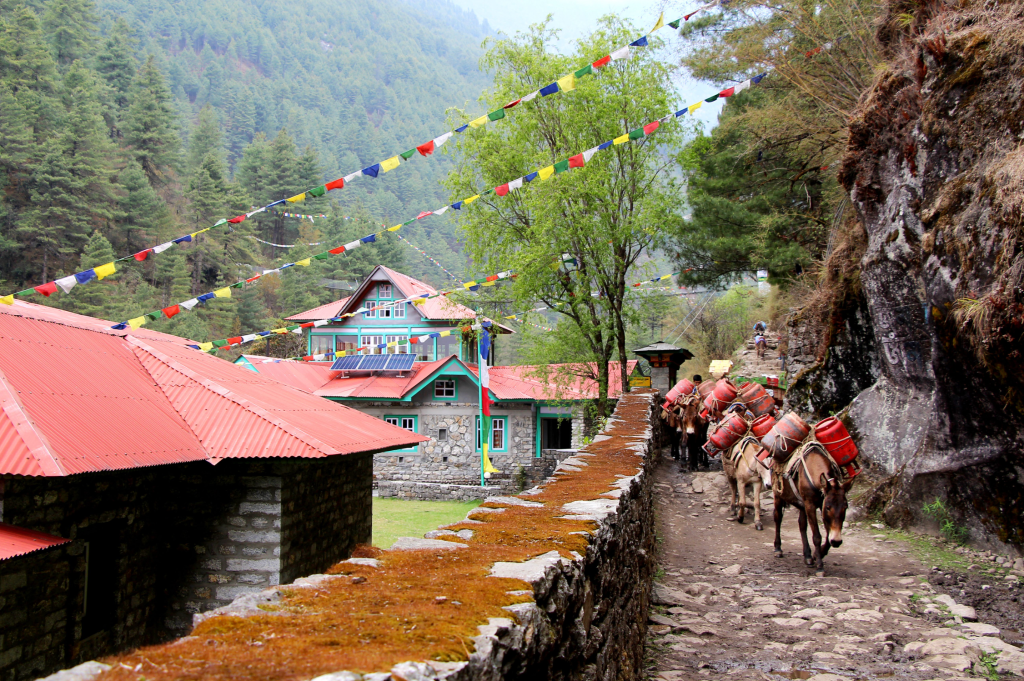
Pack mules with gas bottles walks past guest houses on the Lukla to Everest Base Camp trek. Credit: Shutterstock
Don’t let that distract you from the trek’s myriad highlights, which include the Buddhist monastery of Tengboche, Phakding’s fluttering prayer flags, the Khumbu Glacier (highest on the planet) and, of course, Base Camp itself – the boulder-strewn encampment where so many summit attempts via the South Col have started.
Sleeping among the press of tents is an experience to remember.
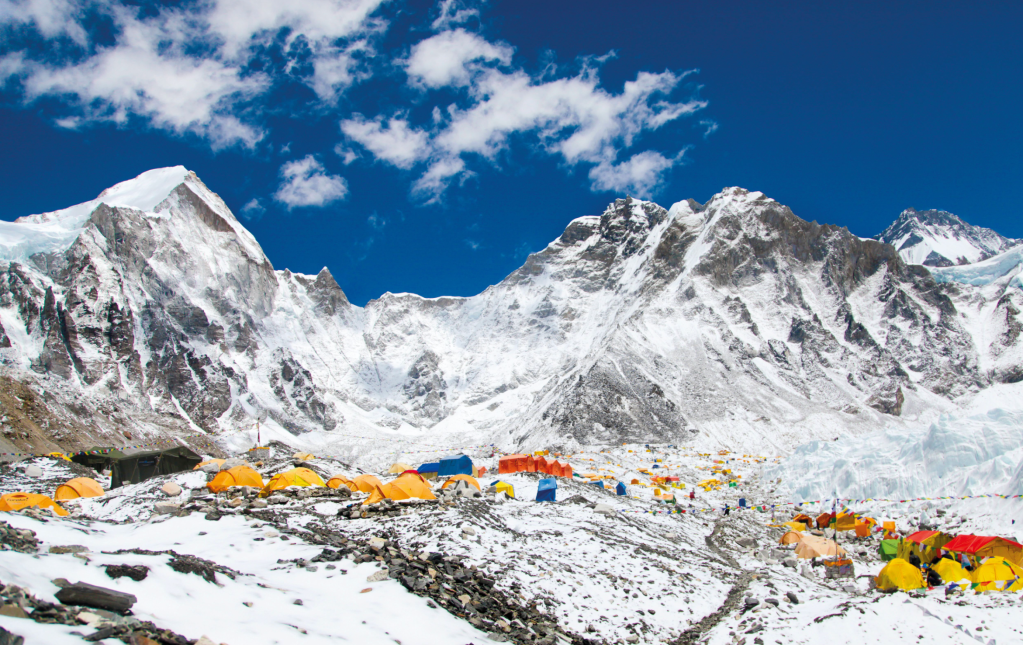
Bright yellow tents at Everest Base Camp. Credit: Shutterstock
Sadly, the trek to Base Camp isn’t all camaraderie, prayer flags and pristine views. Litter and human waste are big concerns, and Tenzi Sherpa recently described Base Camp as “the dirtiest camp I have ever seen”.
He pointed the finger at some trekking companies, making it particularly important to choose an ethical guiding organisation and to take your waste home with you. Look for a guide who will bring you back via the Gokyo Lakes route for a glimpse of the Himalayas’ quieter side.
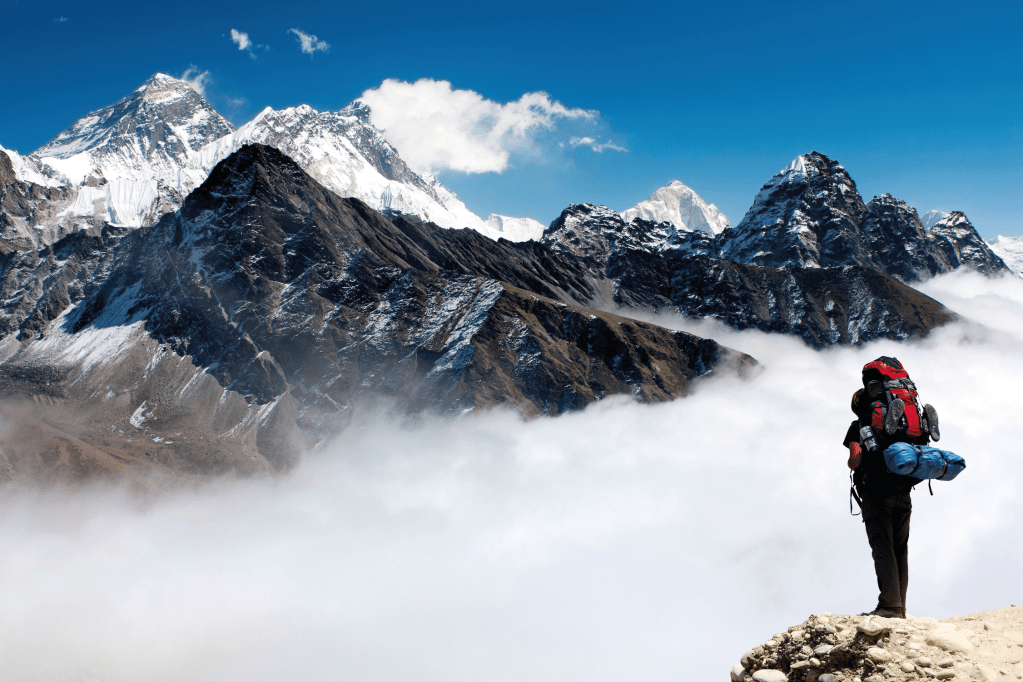
A view of Everest from Gokyo Ri. Credit: Shutterstock
Everest Base Camp trek: a longer alternative
Instead of making a beeline direct from Lukla to Base Camp, add a few days to your trekking schedule and go the long way round. The 166km / 103-mile Three Passes route is a two-week loop that takes in the glorious high points of Kongma La Pass (5,535m), Cho La Pass (5,420m) and Renjo La Pass (5,340m). Better views, fewer crowds, and more time in the Himalayas – what’s not to like?
Ben Anthony on his trek
Ben Anthony took on the classic trek from Lukla to Everest Base Camp in April. He told The Great Outdoors, “I reached Base Camp on 24th April at 10:35am. It took us nine days to reach EBC, with two of those days being acclimatisation days (one at Namche Bazar to Everest View Hotel and the other at Dingboche to Nangkartshang Peak). I was in a group of three, so we had one guide and two porters. They were very friendly, and made us feel very welcomed. They were locals to the area, too.
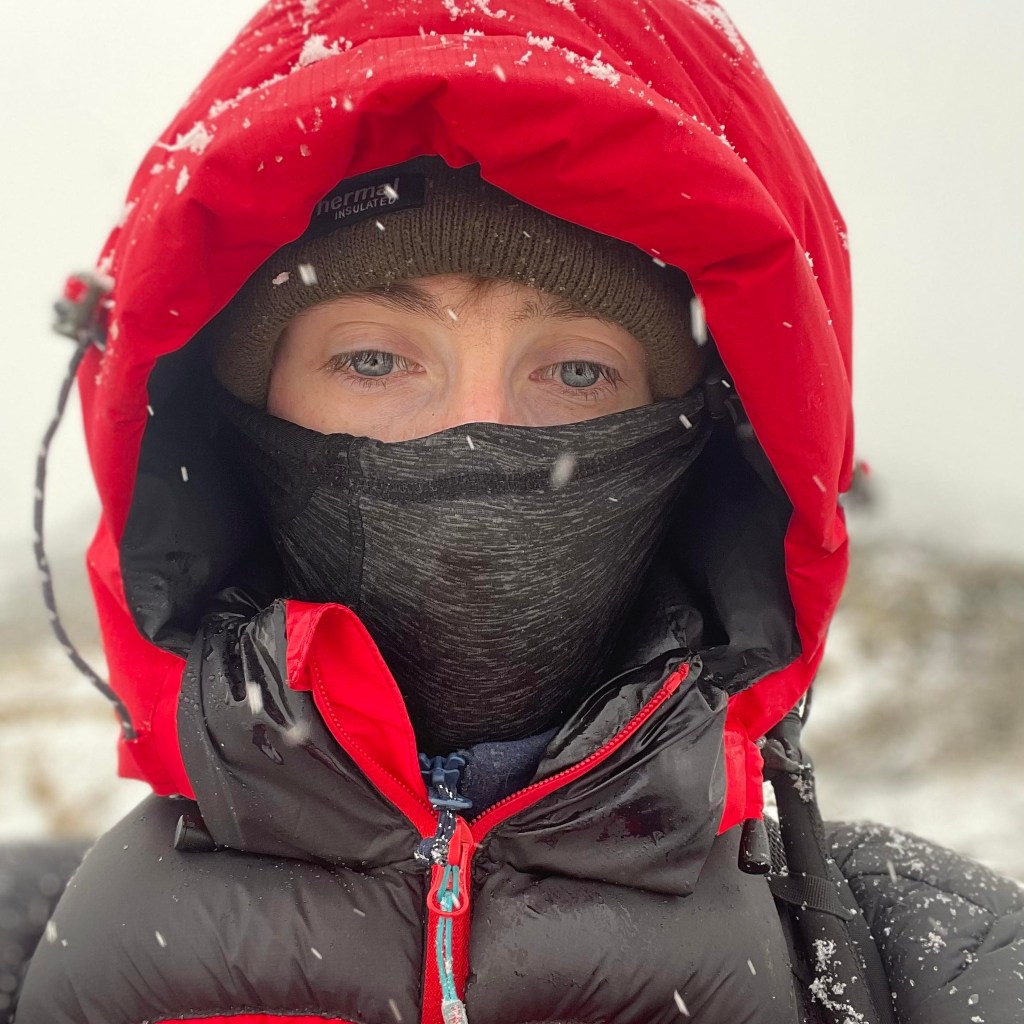
Ben on his EBC trek. Credit: Ben Anthony
“We were lucky enough to get a flight from Kathmandu to Lukla at 6am, instead of the four-hour drive to Ramechhap. I was a little nervous for the flight to Lukla, but it was absolutely fine. Up until Lobuche it was very warm during the daytime, so we only needed one layer to trek in. From Lobuche onwards, I was wearing two layers; my hiking t-shirt and my down jacket.
“The trek itself was fairly simple. I was told to take it slowly by my guide, Gobinda, to give myself the best chance of acclimatising properly. I drank roughly 3-5L of water every day as I was taking Diamox. The trail became icy after the snowstorm at Dingboche, so everyone was being more cautious and going a little more slowly. I didn’t suffer with any altitude-related symptoms until day eight after reaching Gorakshep, when we trekked up to Kala Patthar.
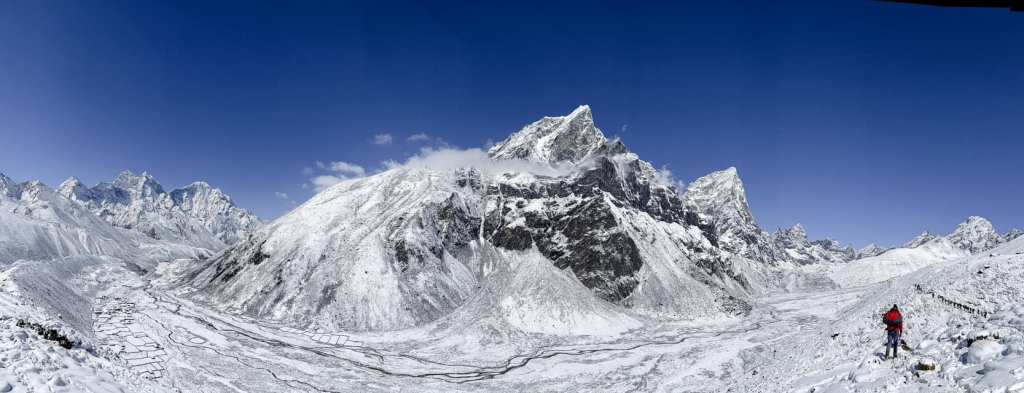
The views along the way. Credit: Ben Anthony
“We had special permits that allowed us to stay at EBC for the night, and it was truly one of the best experiences I’ve had. Seeing people practicing ice climbing on the glacier, hearing avalanches in the mountains for the first time and seeing climbers climbing through the Khumbu icefall to Camp 1 during the night (headtorches illuminating their path up the mountain)… all amazing.
“The return from EBC to Lukla we did in three days. These were long days in terms of distance and time trekking. Mostly 7-8 hours each day, with about 10-15 miles per day.”
If you want to explore other international treks of a lifetime, check out these other bucket list treks and our expert advice on how to hike them – as well as their lesser trodden alternatives.

